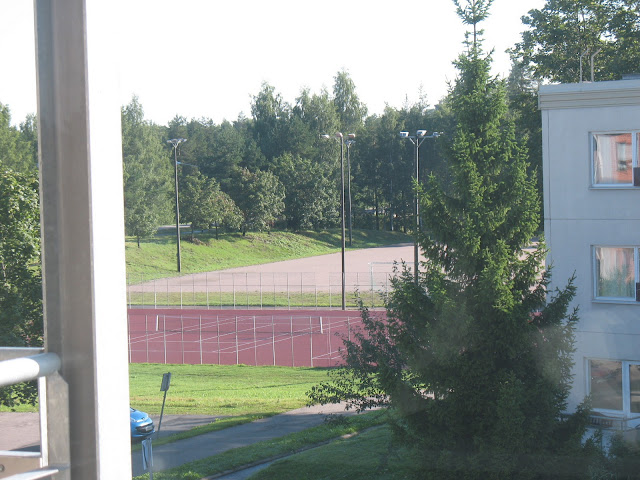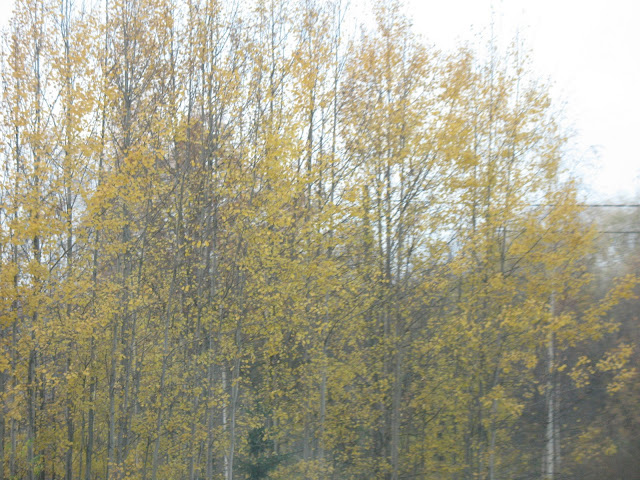That's right. I moved again. Even FURTHER north. Arctic Circle north. Ok, well not quite Arctic Circle, but close enough.
| That close. |
There are no polar bears here, but yes, there are reindeer. Not roaming around the middle of the city or anything, but they live pretty close by. Actually, they do show up in the middle of the city once a year, where they have a reindeer race during the reindeer festival.
What else is Oulu known for? Tar. While it used to have a million uses a long time ago, nowadays it's used as an ice cream flavor or an oil to make your sauna smell nice.
Ok, how about the daylight situation? Well, it's nearing the summer solstice and right now the sun sets..... never. I think technically the sun sets after midnight and rises around 2am but really, it's never, ever dark. If you would look out the window at 1am, it would look like it's the middle of the afternoon. Winter is the complete reverse. About 2 hours of daylight and dark all the rest of the time. What's nice about it is that the excessive daylight makes Oulu a very nice summer city. There are some events in the city that run all day and all night. You want to go canoeing at midnight? Sure!
Outdoor market. Oulu, like most Finnish cities, has it's own outdoor market. Big city, big market. Here you can buy clothes, jewelry, ice cream, pastries, licorice, or have a meal or snack from a vendor such as salmon, fried vendace or even Indian food. And while you are there you can say hello to the Toripoliisi, the outdoor market policeman.
I like to experience regional food from around the country and world and Oulu has a quite interesting one. Pizza with mayonnaise. Not your white, out of the jar mayo, but the Finnish mayo, which is typically cucumber or bell-pepper or curry flavored and orange in color. Surprisingly delicious. I think all of my pizzas will have mayo on them from now on. The Oulu people even have their own word for pizza - känkky.
 | |
| Shrimp, pineapple and mayo. |
There's a million other interesting things about Oulu - the beaches, the annual air guitar festival, it's one of the most bicycle friendly city in the world and the winter cycling capital of the world, the science museum, it's a city full of developing technology that gets implemented community-wide, and because of it's university and up-and-coming researchers, the average age is 36, the many parks, the dialect, the rivers, the festivals, shopping, athletics, movies, entertainment and so on.
Nyt on aika olla ölövinä.
T. Kati






































